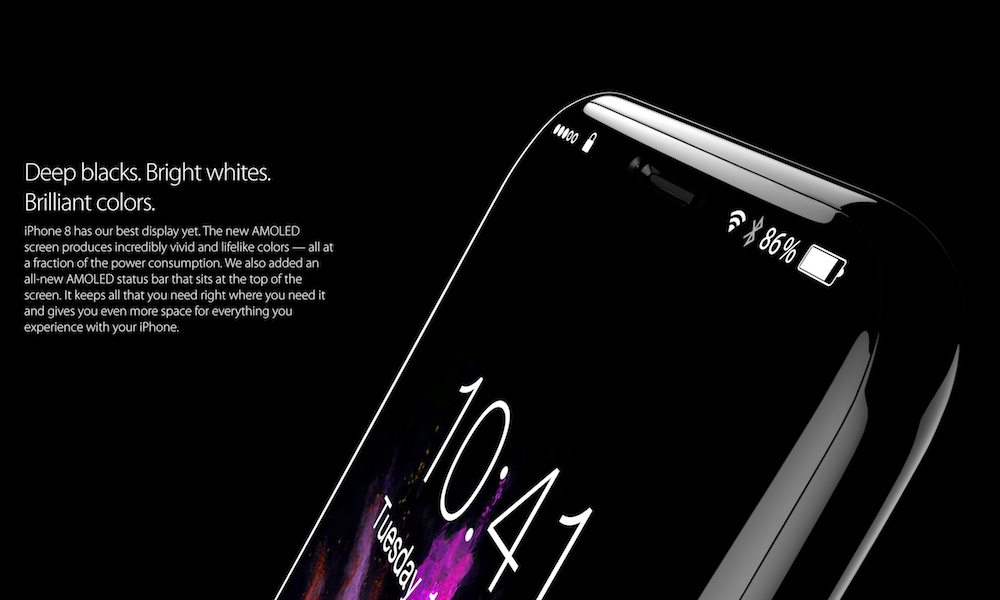Here’s Why the iPhone 8 Won’t Feature a USB-C Port

Toggle Dark Mode
A questionable new report published Tuesday morning by The Wall Street Journal suggests that Apple could be axing its proprietary Lightning port on this year’s 10th anniversary iPhone — and, in its place, the company will be adopting the increasingly popular USB Type C standard for charging and data transfer.
While it would certainly be proactive for Apple to join the ranks of other smartphone manufacturers in adopting USB-C, the Cupertino, California-based company has a long and well-documented history of “going against the grain” — especially when it comes to implementing ‘universal standards’ of the such. Apple’s original iPhone, for instance, featured the company’s proprietary 30-pin to USB cable connector for charging and syncing data — while the majority of manufacturers had, at the time, been employing either micro- or mini-USB. Furthermore, when Apple decided to switch its proprietary 30-pin connector to a newer, faster alternative back in September, 2012, the company ultimately opted for another home-brewed alternative — what we now know as Lightning — in favor of micro USB, which was the ‘universal standard’ at the time.
Nevertheless, while the WSJ report suggests that “Apple would introduce other updates including a USB-C port for the power cord and other peripheral devices,” it’s highly unlikely that this will be the case.. Why? Well, Cupertino, in recent years, has been doubling-down on Lightning connectivity, for starters — having introduced a number of new accessories like the Apple Pencil, AirPods, and even the 4th-generation Apple TV’s Siri Remote, which exclusively rely on the technology. It could also be that Apple will decide to include a Lightning to USB-C cable with the $1,000 iPhone, instead, considering the company’s Mac computers are slowly-but-surely transitioning over to the USB-C (3.1) standard from USB 3.0.
The WSJ report, citing supply chain sources with knowledge of Apple’s current production plans, also reiterated a slew of the ‘iPhone 8’ flagship’s most highly-anticipated features, including its curved-edge OLED display, which will by supplied by Samsung. This would coincide just beautifully with a number of previous reports about an organic light emitting diode (OLED) display that would curve slightly around the edges of the device — similar to the Samsung Galaxy S7 Edge flagship. The report, however, would appear to conflict with another recent report — published last week by TrendForce — which suggested that Apple had nixed the curved OLED display due to unforeseeable “production issues.”
Other iPhone 8 features are said to include a wireless charging solution of some sort, IP68 dust- and water-proof certification, a front panel devoid of the iconic Home button, and more — all packed within a “glass sandwich,” according to KGI Securities analyst, Ming-Chi Kuo. The device is likely to be unveiled later on this fall alongside two moderately updated ‘iPhone 7s’ and ‘iPhone 7s Plus’ handsets, which will likely feature an array of next-generation internals.
Featured Image: Handy Abovergleich
[The information provided in this article has NOT been confirmed by Apple and may be speculation. Provided details may not be factual. Take all rumors, tech or otherwise, with a grain of salt.]






